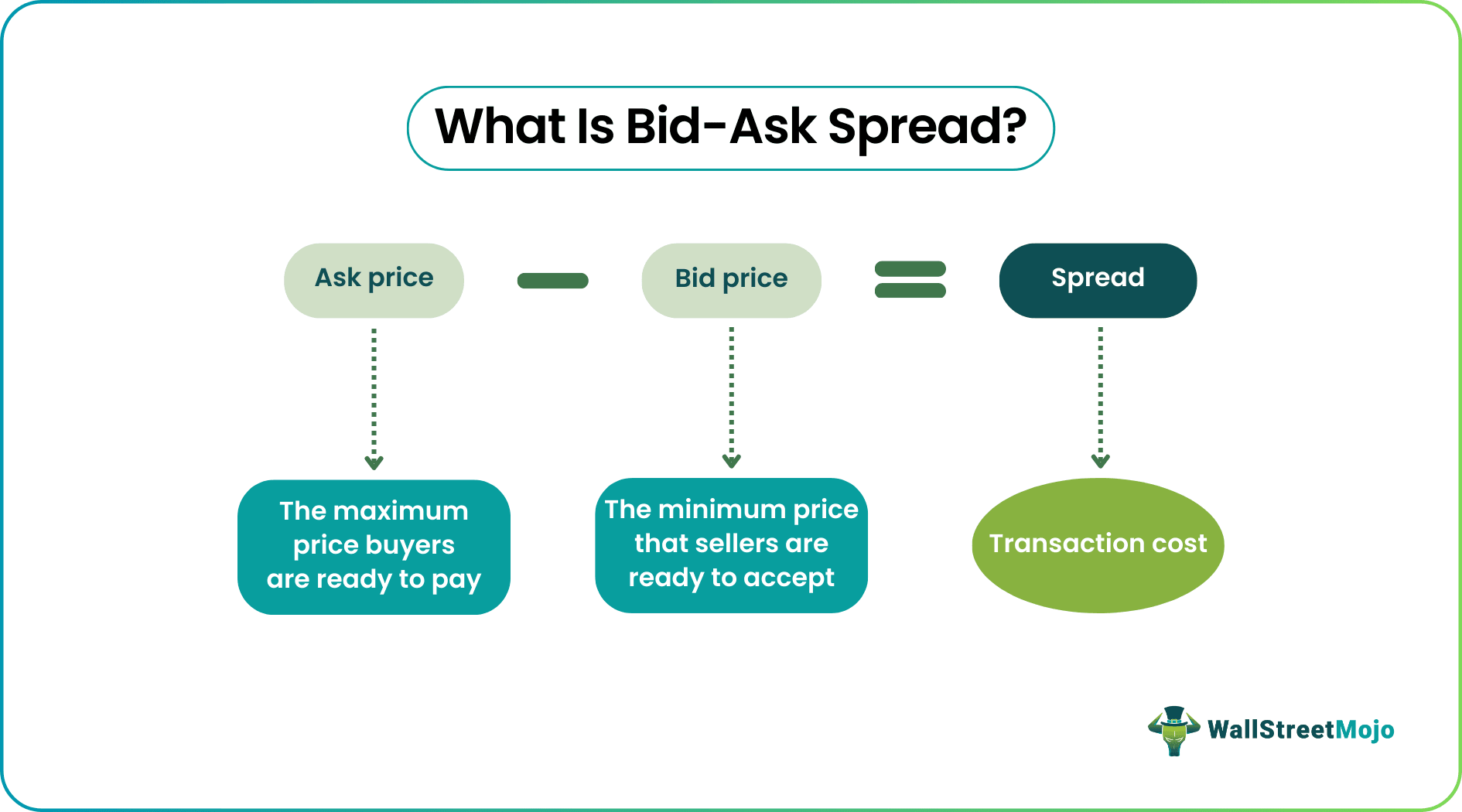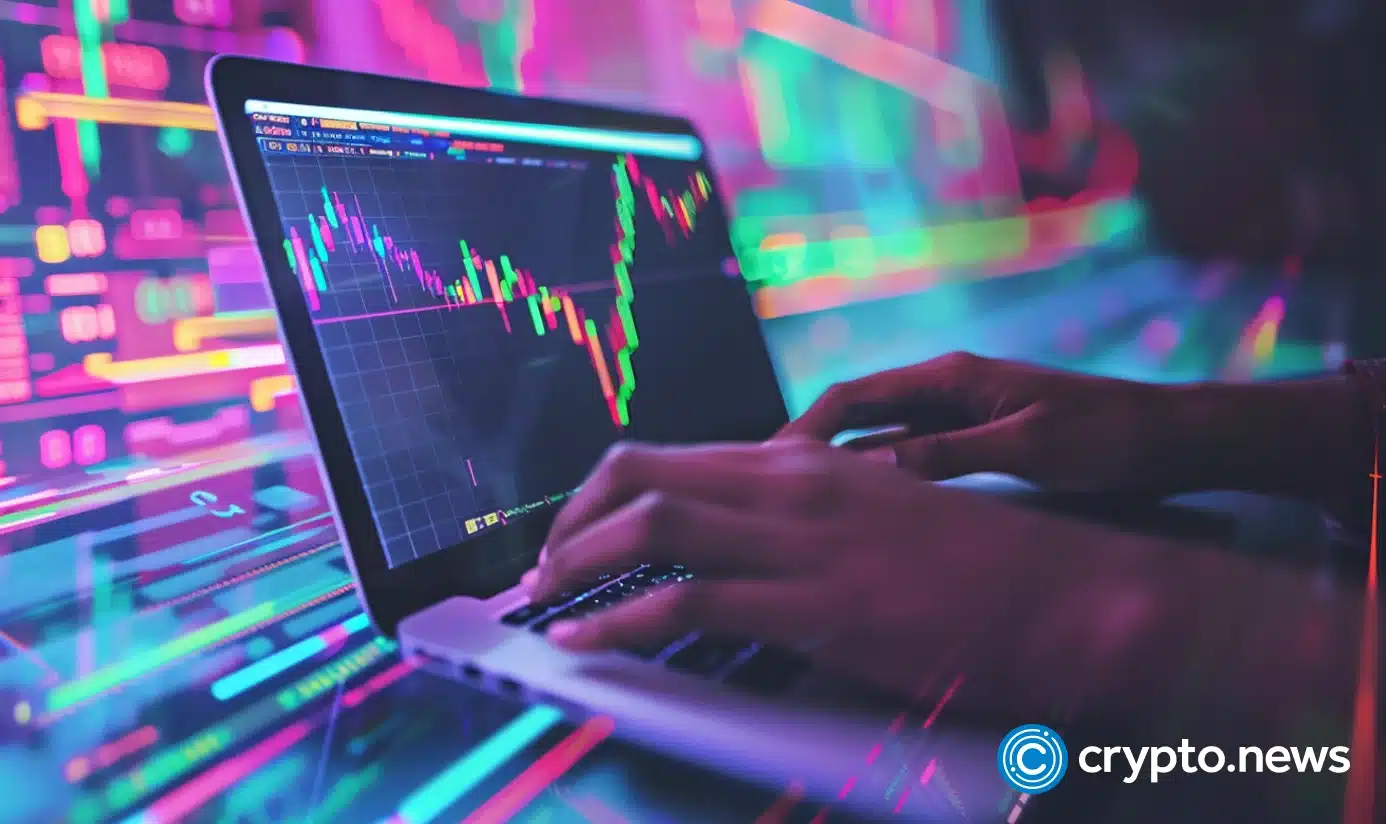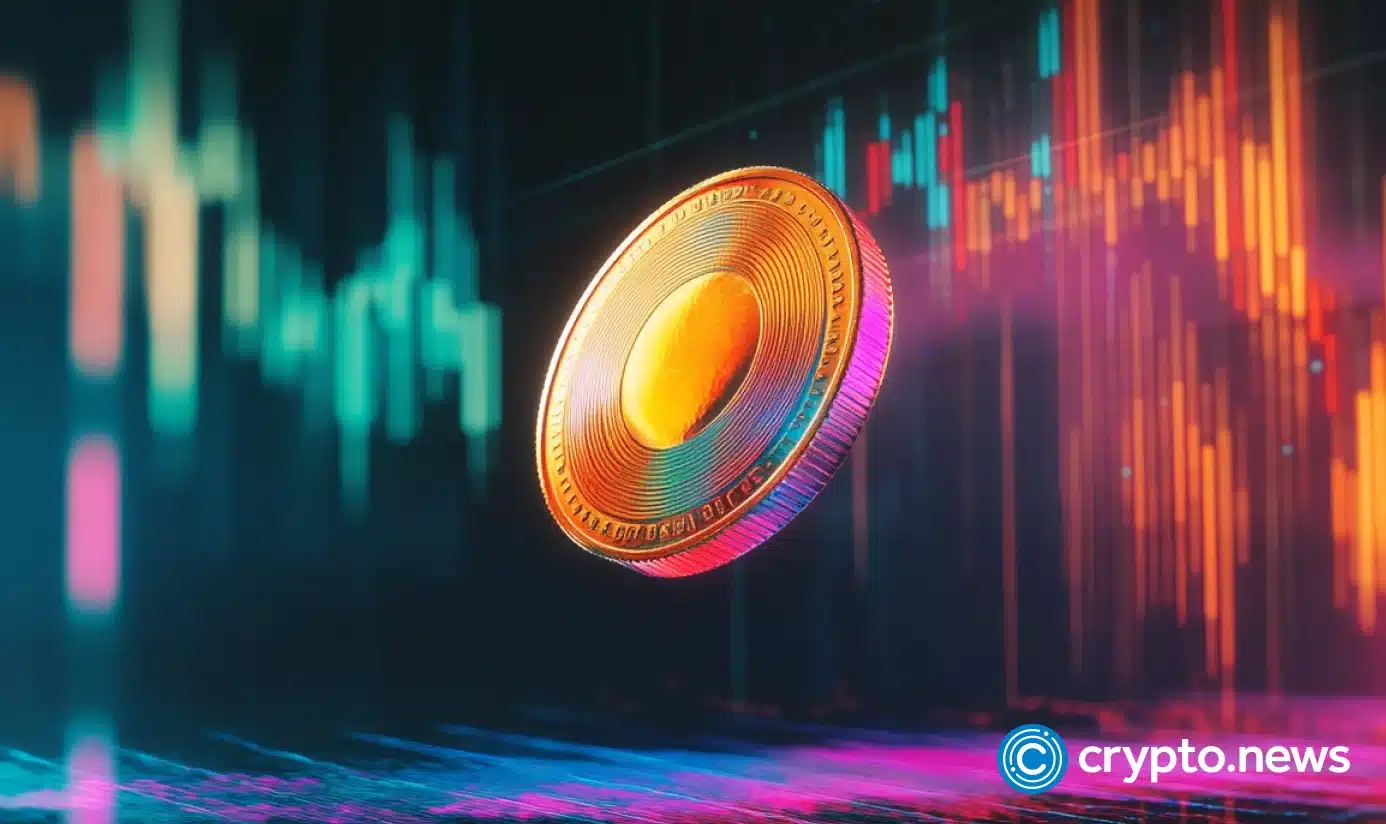Bid vs. Asking is an important concept in the business of financial markets. The asking price is the lowest price that is ready to sell a brokerage a stock, while the bid price is the highest price that a merchant is ready to pay to buy it. These concepts also apply in crypto trading as the property of tokens is similar to stock.
In this article, we will learn what is bid and ask values, bid and price examples, ask the difference and value between the bid, and the factors that affect the bid and ask the value.
What is the price of the bid?
The two-way value quotes known as “dialect and ask” or “dialect and offer” indicate that a buyer is ready to pay for a safety and the lowest price is to accept a seller Is ready for An important measure of property liquidity is the difference between proliferation and bid prices. Generally, high liquidity gives results from a low circulation.
If a share has a bid price of $ 20, for example, it indicates that a buyer is ready to get shares on that amount. The bid price, which represents the demand side of the market equation, is an important component of order books.
What is the asking price?
A seller will take the lowest amount for a safety, the asking price, which is often referred to as a proposal value. Similar to the bid price, the ASK price is an important component of the order book and represents the supply side of the market. This represents a possible purchasing price for traders or investors who are interested.
The price of the bid, similar to the dynamics, mood, market liquidity and instability, affect all the asking value. If its supply increases or if the demand declines, the price of security may fall.
As a result of perceptions about the increasing risk of vendors, a highly unstable market may also result in higher value.
Now that we have explained the bid and asked the value, let us discuss in detail the dialect.
Bid-back spread: explained
The difference between the prices of bid and ask is referred to as a spread. An exchange with low proliferation usually has good liquidity and less susceptible to volatility inspired by low trading volumes.
The difference between the bid-aspiration is the difference between the maximum amount that is ready to pay for a buyer a financial instrument (bid price) and the lowest amount is a seller ready to accept it (ask or offer price).
There is usually a lot of liquidity in security when the prices of ask and dialect are very close. In this situation, security is considered to be “narrow” bids. Investors can benefit from this situation as it makes it simply to enter or leave its holdings, especially when grabbing bets on a large scale.
However, trading assets spread with a “broad” dialect-back-where asking and bid prices are very different-habitat and time can be taken.
Example: spreading in action
For example, if the price of a security bid is $ 20 and there is an asking price of $ 22, then the bid is a spred $ 2 ($ 22- $ 20 = $ 2). This is the difference between $ 2 that is ready to sell security for a seller and a buyer is ready to pay for it.

Bidding factor
Volatility is another important factor that affects the bid spread. Generally, the instability increases when the market is rapidly decreasing or increasing. Due to the desire of market manufacturers to exploit and benefit from the dialect, it is quite widespread during these periods. Investors are more keen to pay for assets with rising values, which allow market makers to raise premiums. In case of slight volatility and slight risk or uncertainty, the bid is smaller by spreading.
The bid is also affected by the price of a share. The bidding spread will often be higher when the price is low. This is to do with the concept of liquidity. Most inexpensive securities are either very low or brand-new. As a result, these securities are less liquid because there is a cap on the volume that can be exchanged.
Finally, the supply and demand bids determine the sprade. In other words, a low spread will result in strict supply and strong demand. Nowadays, a buyer or seller is very easy to find thanks for technology.
Bid in cryptocurrency markets
It is necessary to know what is the bid and to make intelligent investment options within the scope of cryptocurrency trading. Traders can better navigate the cryptocurrency market, analyze market conditions, and understand the dynamics of the bid and estimate the cost of transactions and ask for prices and their connections. Traders can make educated decisions and modify their strategy by monitoring the dialect.
Keep in mind that a buyer is ready to pay the gap between the highest price and the lowest price to be ready to take a seller is known to bid/ask. Dissemination currency may be affected by variables including rates, market instability, trading volume and market liquidity.
When transacting, traders should take into account the cost of transactions and keep an eye on the bid to assess market conditions. Traders can improve their trading strategy and perhaps understand and use this idea to increase their profitability in the Crypto market.
What is a good bid?
A good dialect is narrow, which means that it should not exceed some cents or fractions. This narrowness in dialect-back value is known as a dissemination, and less as spread, the higher the liquidity of the asset, the easier for investors to trade.
How to Calculate Puch Spread Percentage?
The bid-pure spread percentage can be calculated by reducing the price of the bid by decreasing the dialect price divided by mid-pris and then multiplied by 100.



